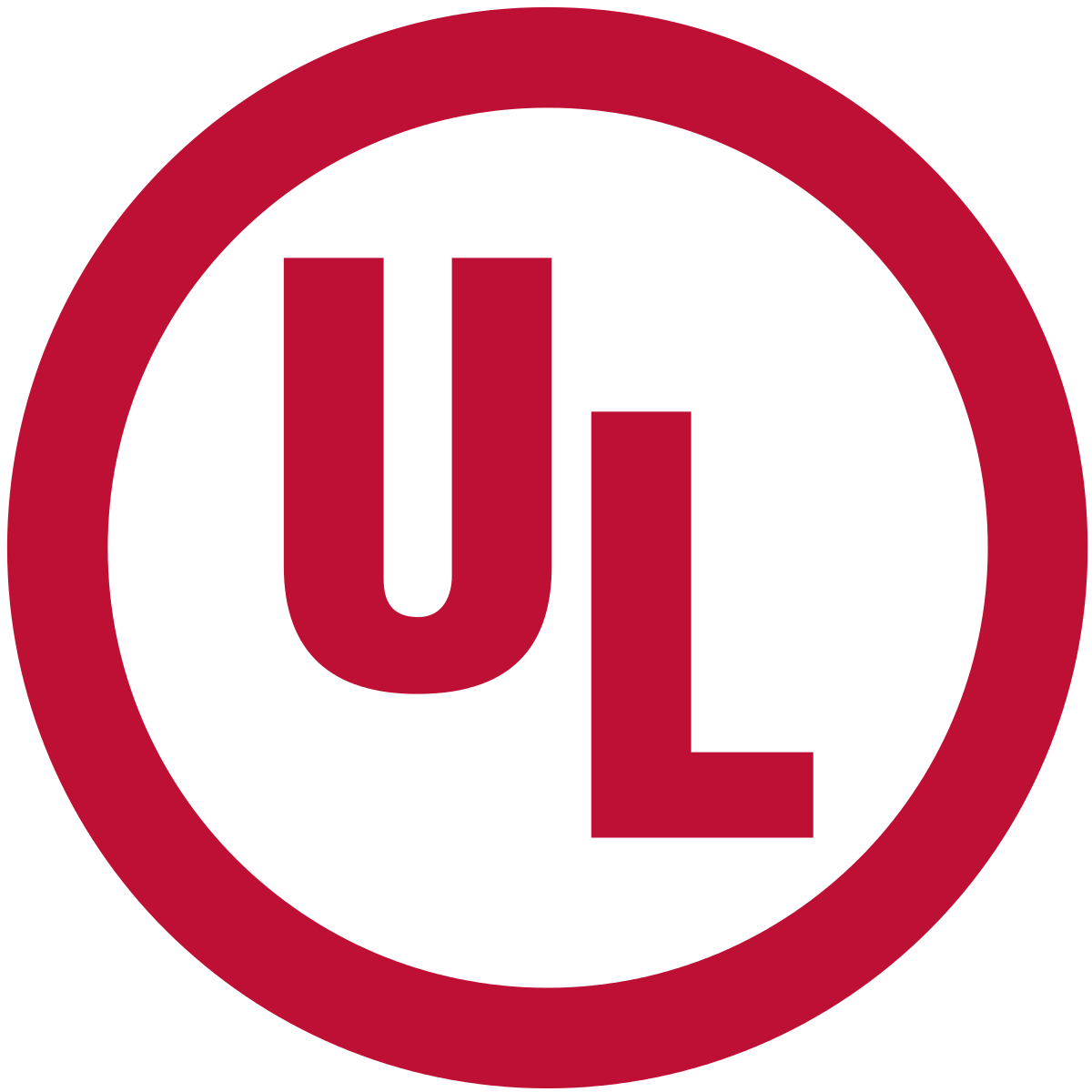CERTIFICATIONS
CE CERTIFICATION
CE Certification is a mandatory marking that indicates conformity in accordance with the legal and technical directives of the European Union (EU). CE has been in effect since 1993 and is not necessarily a marking of quality but the CE Certification is known as a ‘passport’ for EU-wide free flow for a wide range of industrial products.
The CE Mark certifies that a variety of products have met the relevant environmental, health and safety requirements of the European Union, and therefore ensures safety for consumers and the workplace.
In order for manufacturers to market their products in the EU and abroad, products must meet the relevant CE mark requirements. Once the CE mark has been approved, the products can be marketed within the EU without having to undertake further tests and modifications for each country.
Where necessary, all products marketed and sold by Display Innovations have CE approval.
UL
Underwriters Laboratories does not necessarily approve products as opposed to evaluating materials, systems, components and products for the relevant compliance to the UL requirements. In order to carry a UL certification mark, the products must remain compliant with the standards set by UL.
UL and ULC ensures that companies supply safer products to the US, Canadian and global markets. The certification also improves the safety of products, as well as increases consumer confidence in their compliance and is regarded as a trusted symbol of safety.
Where relevant, Display Innovations’s products are UL/ ULC certified.
rOHS
RoHS (Restriction of Hazardous Substances) is an EU Directive that relates to electrical and electronic equipment placed on the European market. The RoHS Directive is closely linked with WEEE Care (the Waste Electrical and Electronic Equipment Directive), which controls the collection and recycling of electrical and electronic equipment in order to solve the problem of toxic waste.
RoHS aims at reducing hazardous substances being utilised in electrical and electronic equipment, while WEEE Care aims at reducing electrical and electronic equipment in products entering waste.
RoHS certification states that from 1 July 2006, electrical and electronic equipment that is put on the market cannot exceed maximum values of any of the following six substances.
1. Lead
2. Mercury
3. Cadmium
4. Hexavalent chromium (Cr6+)
5. Polybrominated biphenyls (PBB)
6. Polybrominated diphenyl ether (PBDE)
The RoHS Directive applies to those who manufacture Electrical and Electronic Equipment (EEE), those who import these goods into the EU; those who export to other Member States; and those who re-brand equipment produced by others.
WEEE REGULATIONS
The primary aim of the WEEE Regulations is to control the Waste of Electrical and Electronic Equipment and to recover and re-cycle such waste in order to reduce the volumes of electrical and electronic waste being disposed to landfill. WEEE arranges the collections and recovery of equipment to recycle in an environmentally friendly way. WEEE is a European environmental directive that aims to reduce the impact of disposing of electrical and electronic equipment in the environment.
The RoHS directive bans certain levels of substances being used in electrical and electronic equipment and WEEE aims at the correct disposal of this equipment.
Display Innovations is a member of WEEE and will arrange for any products that they have delivered to their customers, to be collected by WEEE and disposed of in an environmentally friendly way.




